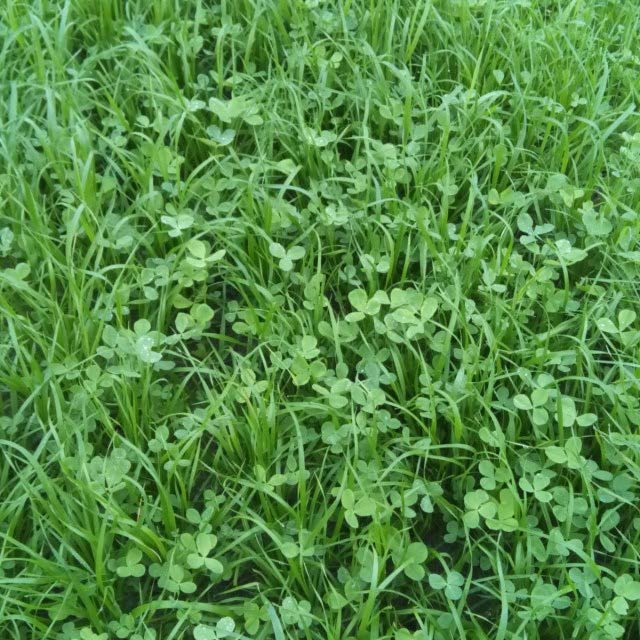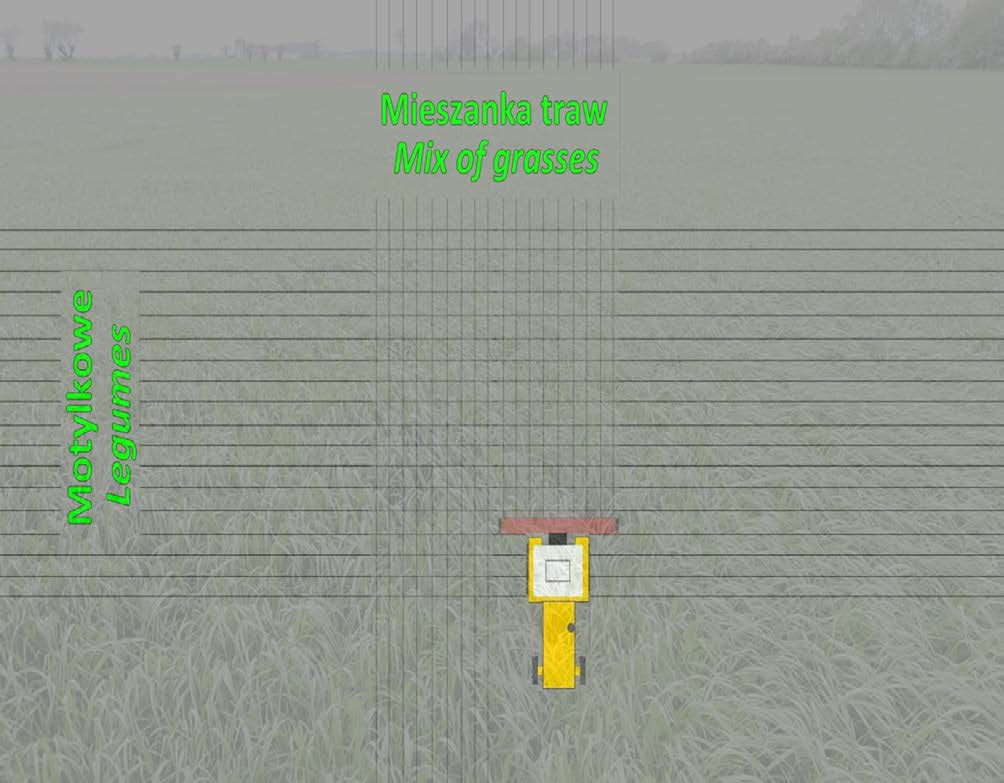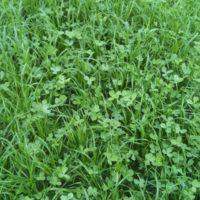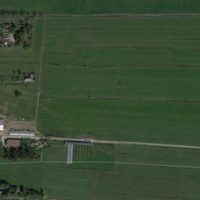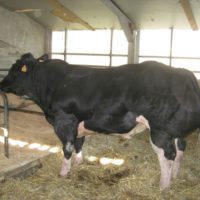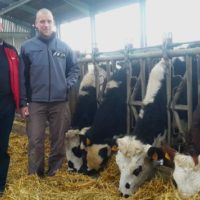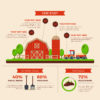Description
Background
Jerzy Kokociński has taken over family the farm from his parents in low in 1986. Farm was then 16 ha big with few cows and few pigs. Since then he was developing this farm and today he has 70 dairy cows and about 150 heads of cattle in total. His ambitious are growing and he would like to continue this development. It is important for him that having good successors he can manage their sailboat and his sons are blowing into sails.
Average annual milk yield is today around 11 000 l however in previous years it used to be even 12 500 l. it obviously depends on quality of grass which is lower this year as a result of lack of rain. They are managing around 100 ha of agricultural land. 50 ha is our own and 50 ha is rented. Rented land consists mainly of grassland of different quality. To improve this land they are making either full recultivation or they are over sowing a plot if full cultivation is not possible. If a plot is of adequate size and shape we are sowing grasses and legumes across.
Detailed description
Seeds of grasses and legumes are purchased and sown separately every 2-3 years. The sowing rate is 25 kg of grasses and 17 kg of legumes per hectare. Sowing grass and legumes seeds separately, perpendicular to each other in order to obtain uniform grass-legume sward. There is a high share of legumes in the sward, which amounts to 40% or even 50%. Sowing grasses and legumes together should guarantee obtaining uniform grass-legume sward.
Results
The main results of the method used by the farmer are:
- regular distribution of the sown seed on the soil surface
- better rooted plants,
- less need for nitrogen fertilization,
- less need for buying mineral fertilizers,
- high yield – 15 tonnes of dry matter per hectare,
- homogenous haylage with constant 18% protein content,
- lower usage of concentrate per cow
Adoption criteria
Innovation adopted by Jerzy is very easy to adopt by other farmers. However its application depends mainly on a size and shape of plot in question. As Jerzy said during science – practice meeting: …You have to be always rational. You have to always consider if certain solution is rational and worth undertaking…
Future prospects
Farmer for the time being is satisfied with results he has obtained from his innovation regarding optimal management of his grassland based on sowing across grasses and legumes. As we can see from a movie attached to this case study his grassland is of very high quality, what is also confirmed by high level of milk production. The main concern of farmer is economics. He is not satisfied with a milk price offered by dairy company where he is supplying his milk. He knows that he has still look for other methods of cost reduction and scale increase.

